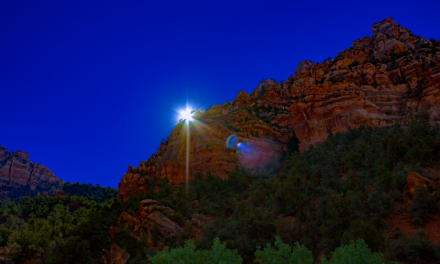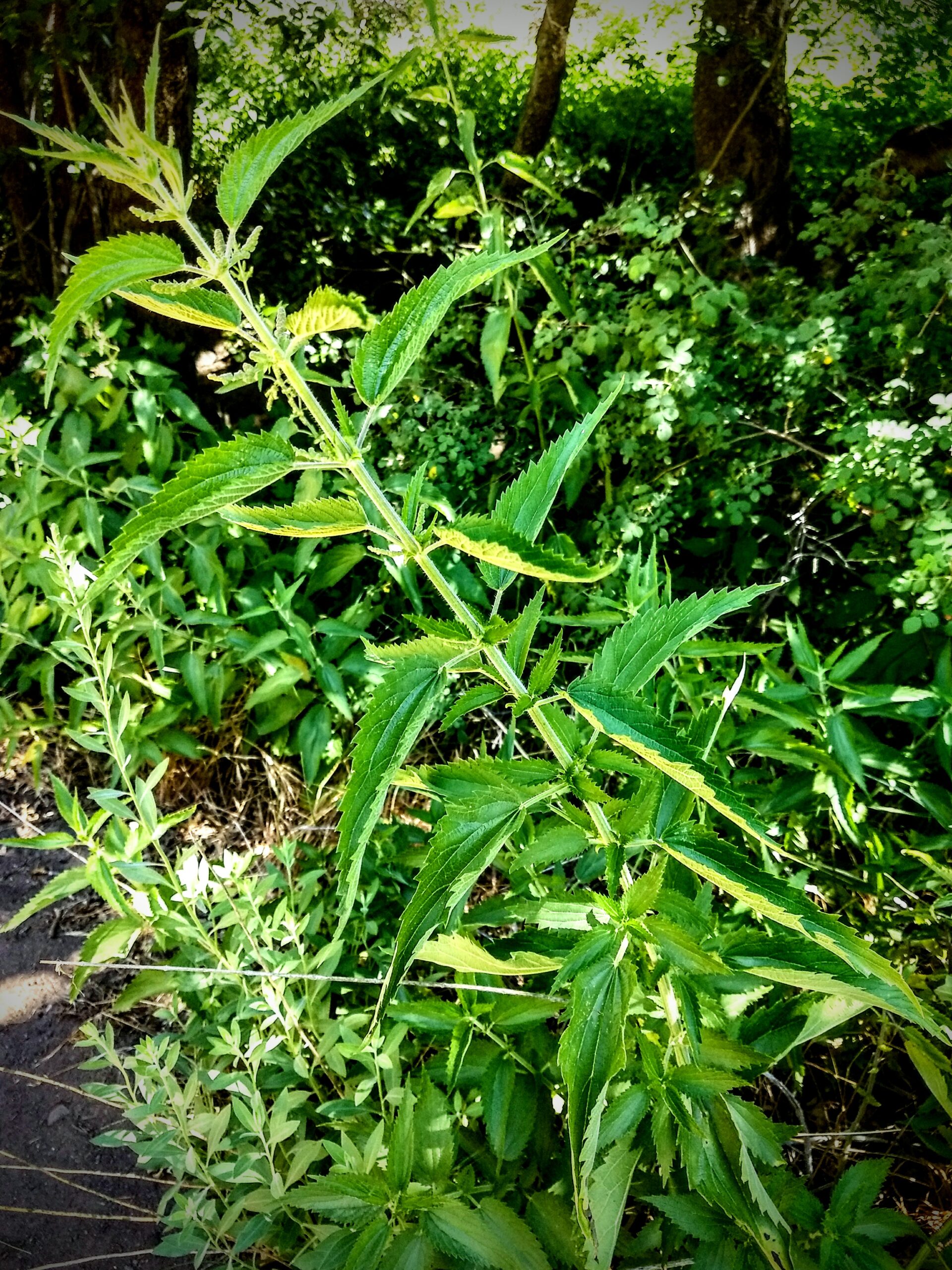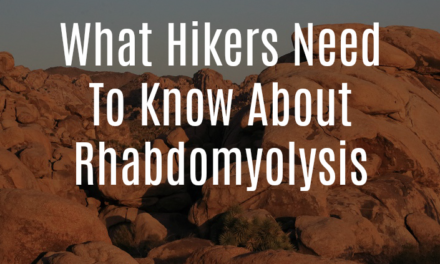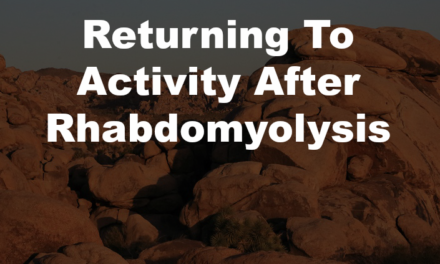Heading to the outdoors for a hike, camping trip, or even a selfie for the Instagram? Be sure to adhere to these seven principles to help preserve and protect the outdoors set in place by the Leave No Trace Center For Outdoor Ethics.
Leave No Trace
As the impacts of social media in nature grow to become more evident, an organic reemergence of principles founded by the Leave No Trace Organization are becoming increasingly popular. It’s no question that in recent years, social media has played a huge role in increased visitation to State Parks, National Parks, and other outdoor areas. Instagram is without a doubt the largest culprit.
While more people getting outside instead of sitting on the couch is a good thing, some have differing opinions. As some individuals promote photographs with the hopes that brand endorsements and monitization will follow, critics argue their actions do more harm than good. The claim is that as people post pictures of a specific location, uncontrollable crowds can follow.
A well documented example of this is Horseshoe Bend in Paige, Arizona. This small town saw visitation increase by hundreds of thousands of visitors to and the area was incapable of handling the crowds. Other places have had trail destruction, vandalism, and large amounts of trash left behind. Because of this, the Leave No Trace principles have been rapidly growing in popularity.
Who Is Leave No Trace?
The Leave No Trace Center For Outdoor Ethics(LNT), is a national 501 (c) (3) non-profit organization. The group’s mission is “to protect the outdoors by teaching and inspiring people to enjoy it responsibly.” To achieve their vision, the LNT organization has put forth a set of principles that they encourage all people who step outside to put into practice (1).
Leave No Trace History
The group was initially founded in 1994. However, LNT states that the concept was initially created by the United States Forest Service in the 1960’s. The initial program focused on outdoor practices that would help with environmental sustainability and protection. The program was successful and other land management agencies like the National Park Service helped to promote “Leave No Trace Land Ethics Pamphlets” during the 1980’s.
Fast forward several years later to 1993 when an outdoor summit that included various non-profit groups and outdoor and sporting agencies came together for an outdoor recreation summit. The goal was to create an independent nonprofit organization fit for promoting outdoor ethics and sustainability. In 1994 the Leave No Trace Center For Outdoor Ethics was born and the LNT principles were absorbed into the center’s promotion (2).
Leave No Trace Principles
Through a variety of researched based evidence, the LNT organization encourages hikers and all people enjoying the outdoors to adhere to their seven principles. The principles revolve around one surrounding theme of leaving the environment in better shape than you found it and leaving as minimal impact as possible. These are the standards (3):
1. Plan Ahead and Prepare
- Be aware of rules and regulations for the areas that you’ll visit.
- Prepare for extreme weather hazards and emergencies.
- Schedule your trip to avoid high times of use.
- Visit in small groups whenever possible. Consider splitting larger groups into smaller groups.
- Repackage food to minimize waste.
- Use a map and compass to eliminate the need for marking paint, rock cairns, or flagging.
2. Travel and Camp On Durable Surfaces
- Durable surfaces include established trails and campsites, rock, gravel, dry grasses, or snow.
- Protect riparian areas by camping at least two hundred feet from lakes and steams.
- Good campsites are found, not made. Altering a site is not necessary.
- In popular areas: concentrate use on existing trails and campsites, walk single file in the middle of the trail even when wet or muddy, keep campsites small, and focus activity in areas where vegetation is absent.
- In pristine areas: disperse use to prevent the creation of campsites and trails and avoid places where impacts are just beginning.
3. Dispose Of Waste Properly
- Pack it in and pack it out. Check your campsite and rest areas for trash or spilled foods. Pack out all trash, leftover food, and litter.
- Deposit solid human waste in catholes dug six to eight inches deep and at least two hundred feet from water, camp, and trails. Cover and disguise the cathole when finished.
- Pack out toilet paper or hygiene products.
- Wash dishes using water two hundred feet away from bodies of water with biodegradable soap. Scatter strained dishwasher.
4. Leave What You Find
- Preserve the past, examine, but do not touch cultural or historic structures and artifacts.
- Leave rocks, plants, and other natural objects as you find them.
- Avoid introducing or transporting non-native species.
- Do not build structures, furniture, or dig trenches.
5. Minimize Campfire Impacts
- Campfires can cause lasting impacts to the environment. Use a lightweight stove for cooking and a candle lantern for light.
- Where fires are permitted, use established fire rings, fire pans, or mound fires.
- Keep fires small. Only use sticks from the ground that can be broken by hand.
- Burn all wood and coals to ash, put out fires completely, then scatter the ashes when completely cool.
6. Respect Wildlife
- Observe wildlife from a distance. Do not follow or approach them.
- Never feed animals. Feeding wildlife damages their health, changes their natural behaviors, and puts them at risk to predators and other dangers.
- Protect wildlife from your food by storing trash and storing rations securely.
- Control pets at all times or leave them at home.
- Avoid wildlife during sensitive times such as mating, nesting, raising their young, or during the winter.
7. Be Considerate Of Other Visitors
- Respect Other visitors and protect the quality of their experience.
- Be courteous. Yield to other users on the trail.
- Step to the downhill side of the trail when encountering pack stock (horses, mules, donkeys, etc.).
- Take breaks and camp away from trails and other visitors.
- Let nature’s sounds prevail. Avoid loud voices and noises. This includes listening to music on speakers while hiking.
Source of all principles directly taken from the Leave No Trace Center For Outdoor Ethics (3)
Leave No Trace Social Media Guidelines
In light of the environmental impact that social media has been having, the LNT organization recently came out with social media recommendations (4):
- Hashtag Thoughtfully: Avoid geotagging or hashtagging specific locations and rather, tag a general location instead, if at all.
- Be Mindful Of What Your Images Portray: Give thought to what your images may end up portraying and the impact that they can have on the environment.
- Give Back To Places You Love: Invest into the outdoor spaces you care about. Learn about volunteer opportunities and get involved with protecting special places.
- Encourage and Inspire LNT In Social Media Posts: With the amount that social media posts can reach, think about the positive impact that can be had and use it to teach others about LNT.
Personal Thoughts On Leave No Trace
Overall, the LNT organization does a very good job at bringing awareness to the preservation of public lands and pristine places. All people who enjoy nature need to do our part in helping to maintain nature as we left it. It’s also our obligation to help spread these Leave No Trace Principles. To those people who are new o nature, we can help bring awareness and have compassion for those who don’t share that same appreciation as we do. Just because someone chooses to visit a popular location because they want to take a selfie for the gram, doesn’t mean that they don’t have a right to be there. The best we can do is make sure people are aware to leave the place as they found it.
For more information, please visit the Leave No Trace Center For Outdoor Ethics or visit them on Instagram.
Sources:
- https://lnt.org/about
- https://lnt.org/about/history
- https://lnt.org/learn/7-principles
- https://lnt.org/blog/new-social-media-guidance





